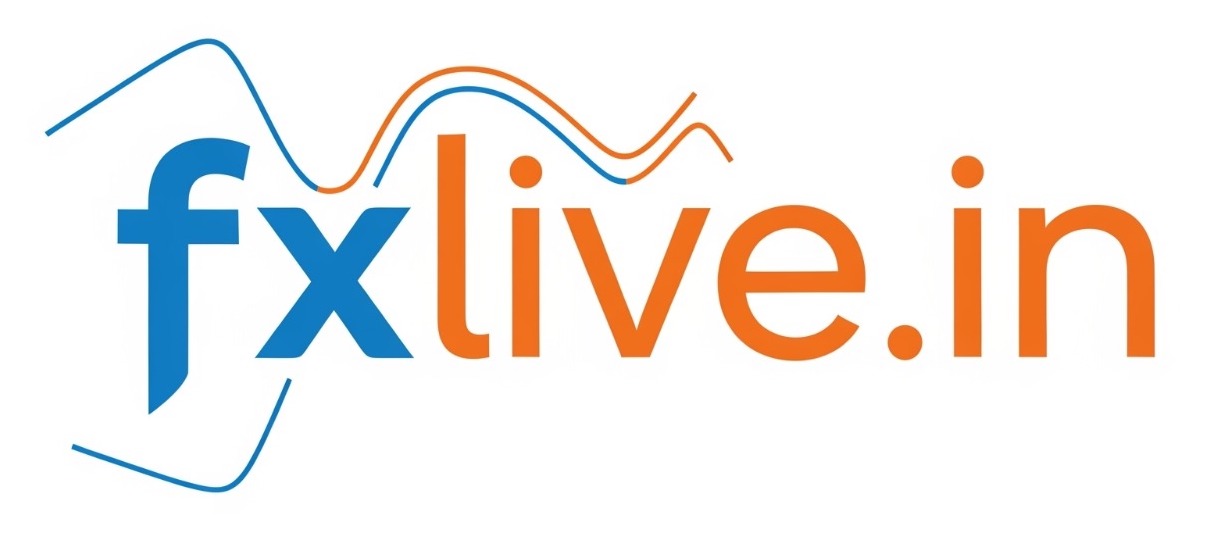The U.S. federal government officially began a shutdown at 12:01 AM ET on Wednesday, October 1, 2025, after Congress failed to pass the necessary funding legislation—known as appropriations—for the new fiscal year (FY 2026).
Cause of the Shutdown
A government shutdown occurs when Congress is unable to enact the 12 annual appropriation bills or a temporary continuing resolution (CR) to fund federal agencies. The main point of disagreement that led to this shutdown is healthcare funding:
- The Conflict: Democrats refused to support a Republican-sponsored continuing resolution (CR) to keep the government open, demanding that it include provisions to address healthcare policy.
- Democratic Demands: Democrats insisted on a negotiated agreement that would:
- Permanently extend enhanced premium tax credits for health insurance under the Affordable Care Act (ACA), which are set to expire.
- Reverse nearly $1 trillion in Medicaid cuts enacted earlier this year under the Trump Administration’s “One Big Beautiful Bill Act.”
- Republican Stance: Republicans, who control both the House and Senate, insisted on passing a “clean” stopgap measure to fund the government at existing levels (through November 21) and have refused to negotiate the healthcare demands as part of the funding process.
Impact of the Shutdown
A government shutdown curtails all non-essential operations of federal agencies funded by annual appropriations, based on the Antideficiency Act.
Federal Workers
- Furloughed Employees (Non-Excepted): Approximately 750,000 federal employees are expected to be placed on unpaid, temporary leave. They are prohibited from working, even checking emails. They are legally guaranteed back pay once the shutdown ends.
- Working Without Pay (Excepted Employees): Employees in roles deemed “essential” for the protection of human life or property (e.g., air traffic controllers, federal law enforcement, active-duty military) are required to continue working without pay until funding is restored. They also receive back pay retroactively.
- Contractors: Federal contractors typically do not receive back pay for lost work, facing immediate financial hardship.
Government Services Affected
Services that are not funded by annual appropriations (mandatory spending) or deemed essential for public safety generally continue, but others are disrupted:
| Status | Services that Continue (Generally) | Services that are Disrupted or Suspended |
| Mandatory/Essential | Social Security and Medicare benefit checks, Active-duty military operations, U.S. Postal Service, Air traffic control, Customs and Border Protection. | Most National Parks and Smithsonian Museums are closed or have severely limited services (e.g., no visitor centers, trash collection). |
| Discretionary/Non-Essential | VA medical facilities and benefits processing. | IRS taxpayer services (call centers, assistance centers) close, delaying refunds for late-filers. |
| Economy/Research | Student loan payments and most financial aid processing. | Federal research projects (e.g., at NIH) are halted. Release of critical economic data (e.g., by the Bureau of Labor Statistics) is delayed. |
| New loan applications and permits (e.g., small business, FHA-insured) may be delayed or stopped. |
- Query successful
Try again without apps
The U.S. federal government officially began a shutdown at 12:01 AM ET on Wednesday, October 1, 2025, after Congress failed to pass the necessary funding legislation—known as appropriations—for the new fiscal year (FY 2026).
Cause of the Shutdown
A government shutdown occurs when Congress is unable to enact the 12 annual appropriation bills or a temporary continuing resolution (CR) to fund federal agencies. The main point of disagreement that led to this shutdown is healthcare funding:
- The Conflict: Democrats refused to support a Republican-sponsored continuing resolution (CR) to keep the government open, demanding that it include provisions to address healthcare policy.
- Democratic Demands: Democrats insisted on a negotiated agreement that would:
- Permanently extend enhanced premium tax credits for health insurance under the Affordable Care Act (ACA), which are set to expire.
- Reverse nearly $1 trillion in Medicaid cuts enacted earlier this year under the Trump Administration’s “One Big Beautiful Bill Act.”
- Republican Stance: Republicans, who control both the House and Senate, insisted on passing a “clean” stopgap measure to fund the government at existing levels (through November 21) and have refused to negotiate the healthcare demands as part of the funding process.
Impact of the Shutdown
A government shutdown curtails all non-essential operations of federal agencies funded by annual appropriations, based on the Antideficiency Act.
Federal Workers
- Furloughed Employees (Non-Excepted): Approximately 750,000 federal employees are expected to be placed on unpaid, temporary leave. They are prohibited from working, even checking emails. They are legally guaranteed back pay once the shutdown ends.
- Working Without Pay (Excepted Employees): Employees in roles deemed “essential” for the protection of human life or property (e.g., air traffic controllers, federal law enforcement, active-duty military) are required to continue working without pay until funding is restored. They also receive back pay retroactively.
- Contractors: Federal contractors typically do not receive back pay for lost work, facing immediate financial hardship.
Government Services Affected
Services that are not funded by annual appropriations (mandatory spending) or deemed essential for public safety generally continue, but others are disrupted:
| Status | Services that Continue (Generally) | Services that are Disrupted or Suspended |
| Mandatory/Essential | Social Security and Medicare benefit checks, Active-duty military operations, U.S. Postal Service, Air traffic control, Customs and Border Protection. | Most National Parks and Smithsonian Museums are closed or have severely limited services (e.g., no visitor centers, trash collection). |
| Discretionary/Non-Essential | VA medical facilities and benefits processing. | IRS taxpayer services (call centers, assistance centers) close, delaying refunds for late-filers. |
| Economy/Research | Student loan payments and most financial aid processing. | Federal research projects (e.g., at NIH) are halted. Release of critical economic data (e.g., by the Bureau of Labor Statistics) is delayed. |
| New loan applications and permits (e.g., small business, FHA-insured) may be delayed or stopped. |
Export to Sheets
Economic Impact
A prolonged shutdown has a negative economic impact. Economists estimate that a shutdown can reduce Gross Domestic Product (GDP) growth by about 0.2 percentage points for each week it lasts. The effects include lost wages for federal workers, disruption to businesses that rely on government services, and a decline in public confidence.


